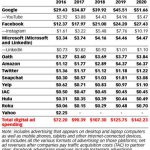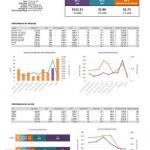IPG Finds Skipping ‘Skippable Ads’ Has Become Ingrained Behavior, Offers Solutions
IPG Finds Skipping ‘Skippable Ads’ Has Become Ingrained Behavior, Offers Solutions
by Joe Mandese @mp_joemandese, February 15, 2017
Skipping past skippable video ads has become an “ingrained behavior” for most consumers, according to results of a media trial released this morning by IPG Mediabrands’ Magna and Media Lab units.

Seventy-six percent of consumers said they skip the ads because it is an ingrained habit, the study found.
“This is further exacerbated by the fact that not only do the majority skip ads, but they do so right away,” the IPG units note in the report, adding that a primary reason why consumers complete skippable ads has to do with whether they are relevant to them and whether they are currently “in-market” for the product or service being advertised.
“In-market audiences are more swayed by pre-existing brand affinities,” they explained, adding that “everyone else tends to just ‘wait it out.’”
On the plus side, Magna Senior Vice President-Intelligence Solutions Strategy Kara Manatt said the media trial identified “viable solutions” to improve the viewing of skippable ads.
“While skipping is an ingrained behavior, more succinct ads, coupled with human connection and good storytelling, will help brands more deeply engage with its audiences,” she stated.
The report recommends that advertisers consider using six-second, non-skippable ads, which “substantially increase both higher and lower funnel metrics and provide impressive value compared to skipped ads,” as a way to complement their skippable pre-roll campaign.
The insights were gleaned from a study of 11,338 users who were recruited from a representative online panel. They were given an initial survey with demographic and media consumption questions, and then directed to a content video of their choosing. Before viewing the ad and content, they were also asked to turn on their webcam so that emotion and attention could be tracked throughout the experience. After choosing a piece of content that was indicative of their normal media consumption habits, participants were randomized into one of the 108 test cells involved in the study that determined what type of pre-roll ad was served. Each participant had 2-3 video experiences, depending on the type of test cells they were randomized into. Passive data collection took place during the ad experience, such as interactions, time spent with the ad, etc. Afterwards, participants completed a survey that measured traditional branding metrics and qualitative feedback.
MediaPost.com: Search Marketing Daily
(15)













